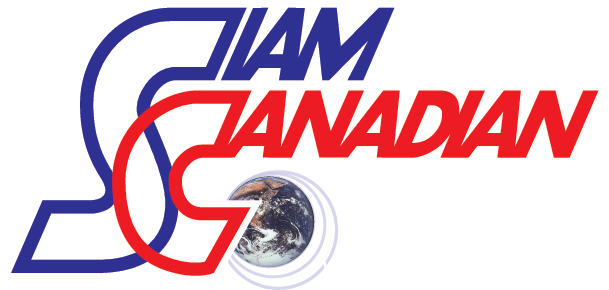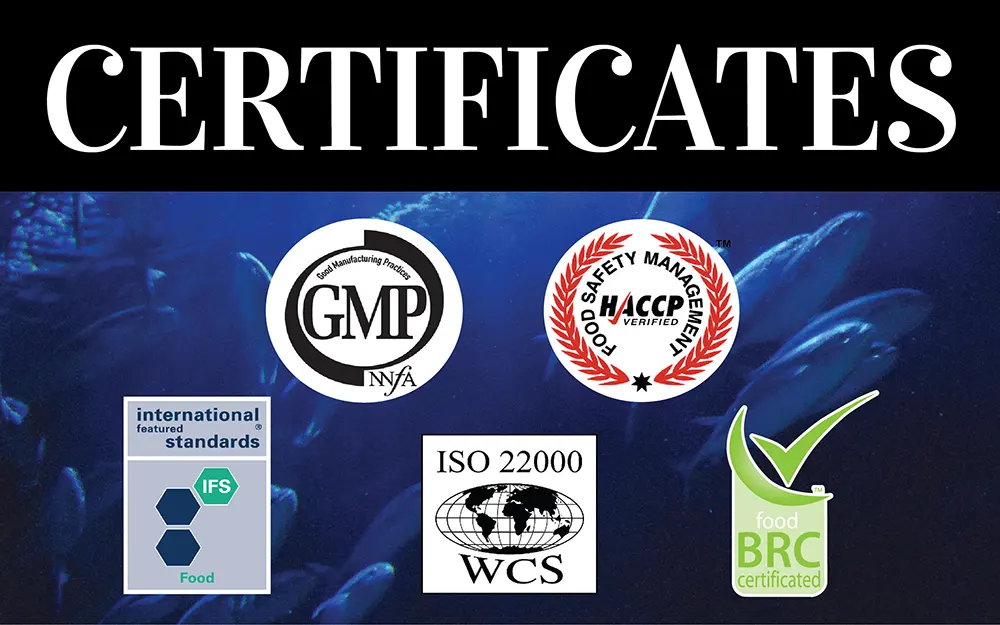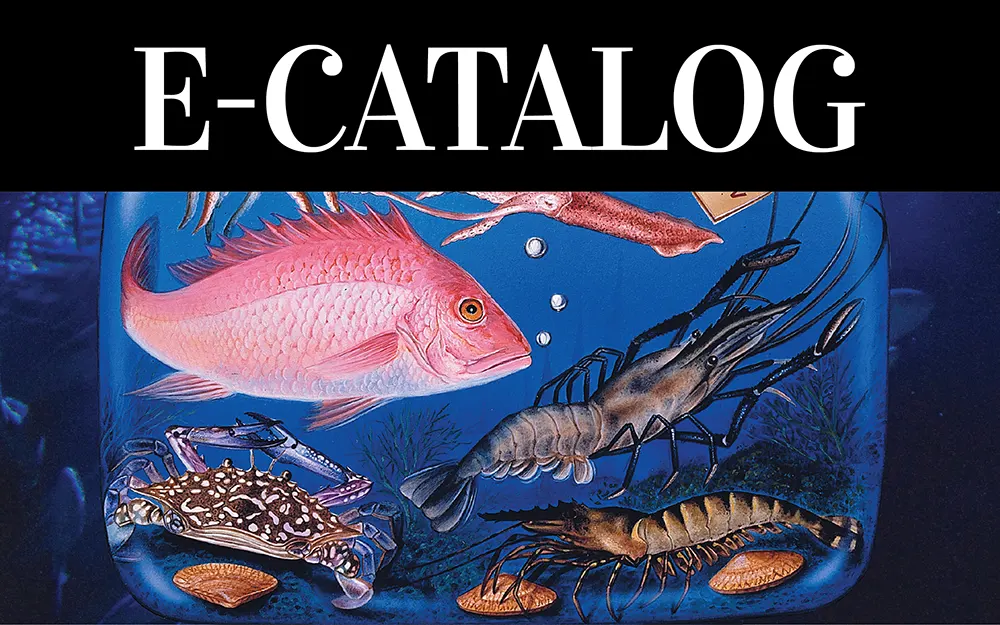
No producers able to fill India’s shoes in case of shrimp summer shortfall: UnderCurrentNews
Dan Gibson: UnderCurrentNews
With the current pandemic crisis in India expected to dampen vannamei shrimp supply in the coming months, importers in the key US and EU markets have been left wondering which, if any nations could potentially pick up the slack.
Speaking on Undercurrent News’ most recent webinar looking at downstream shrimp markets, Jeff Sedacca, CEO of US importer Sunnyvale Seafood, was emphatic regarding the possibility for other producers to ll India’s shoes. “The simple answer to that is no,” he told listeners. “If we look back at when we had EMS [early mortality syndrome] problems and Thailand was producing 600,000t [metric tons] a year, and then things went down there, even had the other countries not had EMS and picked up, there’s just no replacing that volume.”
India, Sedacca said, sets the benchmark when it comes to supplying the US with shrimp — and such are the volumes they supply, there is no producing nation on the planet that could replace that raw material supply in the short term.
“Ecuador has done a great job of filling the needs that we have that we’re not being able to get supplied by India,” Sedacca continued. “However, even Ecuador is going to have a limit.”
It’s worth noting the issue in India at present is not one of production, with harvesting in the main farming state of Andhra Pradesh understood to be proceeding as normal, despite a few early partial harvests last month.
The problems caused by COVID are further downstream, however. As Undercurrent reported earlier in May, many processing factories are working at less than half capacity, while container delays and rocketing freight prices have put shrimp packers in a very tight nancial spot.
Labor shortages means that a lot more shrimp is being left head-on shell-on and unprocessed, but the lack of available containers is making it just as dif cult for any packer to send raw shrimp to another market like Vietnam for reprocessing before export to the US.
“The issue is, can they get it processed, and can they get it shipped?” Sedacca summarized. “There is no prospect in the near future, the next few months, of this [supply] changing, because even if it changed overnight, there’s going to be a four or ve month lag time. And by the time things can get better, even if they started right now, we’ll be into this big holiday cycle of buying.”
“If India cannot get straightened out — and even if they do — we’re going to see a pipeline issue for a long time to come, probably until the end of the year.”
Over the 1st three months of 2021, imports of Indian shrimp in the US have fallen just 2.5% year-on-year; but it is important to remember that the current wave of cases sweeping the country did not truly pick up until April, for which trade statistics are not yet available.
With that said, after last year’s initial lockdown began in late March, Indian shrimp exports to the US fell by more than 50% to 8,600t in May and 11,821t in June, so this year’s volumes may still end up growing when compared to 2020 (below).
As Jim Gulkin, founder of Thai-based seafood trader Siam Canadian also noted, even if Indian producers are successful at procuring containers, a shortage of the larger-sized animals preferred in the US is also expected this summer.
“And there’s nobody who can pick up the slack in this short amount of time,” Gulkin said. “Ecuador has already ramped up production significantly, so I think there’s not a lot of room left [to grow].”
Gulkin also noted that it is only a matter of time before the current restrictions imposed by China are relaxed, placing a further demand burden on shrimp producers in Ecuador and Southeast Asia.
In Northern Europe, buyers have begun exploring alternative shrimp suppliers from Vietnam, whose free trade agreement with the EU should help to ease deliveries, according to Sophia Balod from Dutch market analyst Seafood TIP.
Earlier this month, Sebastian Jacob, CEO of Indian trader Continental Seafoods, told Undercurrent that several US importers had also been making inquiries to major Vietnamese supplier Minh Phu Seafood.
However, the simple fact remains that India is still the largest shrimp-exporting nation, and any short-term volume shortfalls are likely to be greater than other producers can possibly match.
“Vietnam production will be bigger this year than last year, but nowhere near enough to make up for anybody’s shortfall,” Gulkin confirmed. “Indonesian production is good, but it’s not an increase enough to make it up. Thailand can increase a little bit, maybe, but the baseline isn’t there anymore.”
So what will this mean in target markets?
Unlike last year, when a shortage of Indian supply coincided with national lockdowns and foodservice closures across Europe and North America, this time demand has grown, and it’s likely to keep growing, Sedacca said.
“The bottom line is I think that we’re going to see foodservice bounce back to normal levels, and retail is not going to lose all the additional business that they picked up during COVID,” he told Undercurrent. “And from the look of it, the supply problems are either going to stay where they are or possibly get worse.”
In anticipation of a big summer, Sedacca’s Sunnyvale has placed many shrimp orders with Indian suppliers, yet he noted that only a handful have so far turned into imports, with the rest still stuck in backlog.
Given the anticipated lack of larger-sized shrimp desired by foodservice outlets, India also stands to miss out on the anticipated US boom in dining out over the coming months, a bullish Gulkin said.
“They’re harvesting smaller sizes, which are more retail-oriented, and they’re going to have an abundance of these. And then I don’t know what will happen later in the year when they are supposed to be harvesting the larger sizes, I think those will come up short.
“But I see no possibility of a weakness in the market between now and Jan. 1 — and I would be very surprised if you saw a weakness in the market in the first quarter of 2022.”









